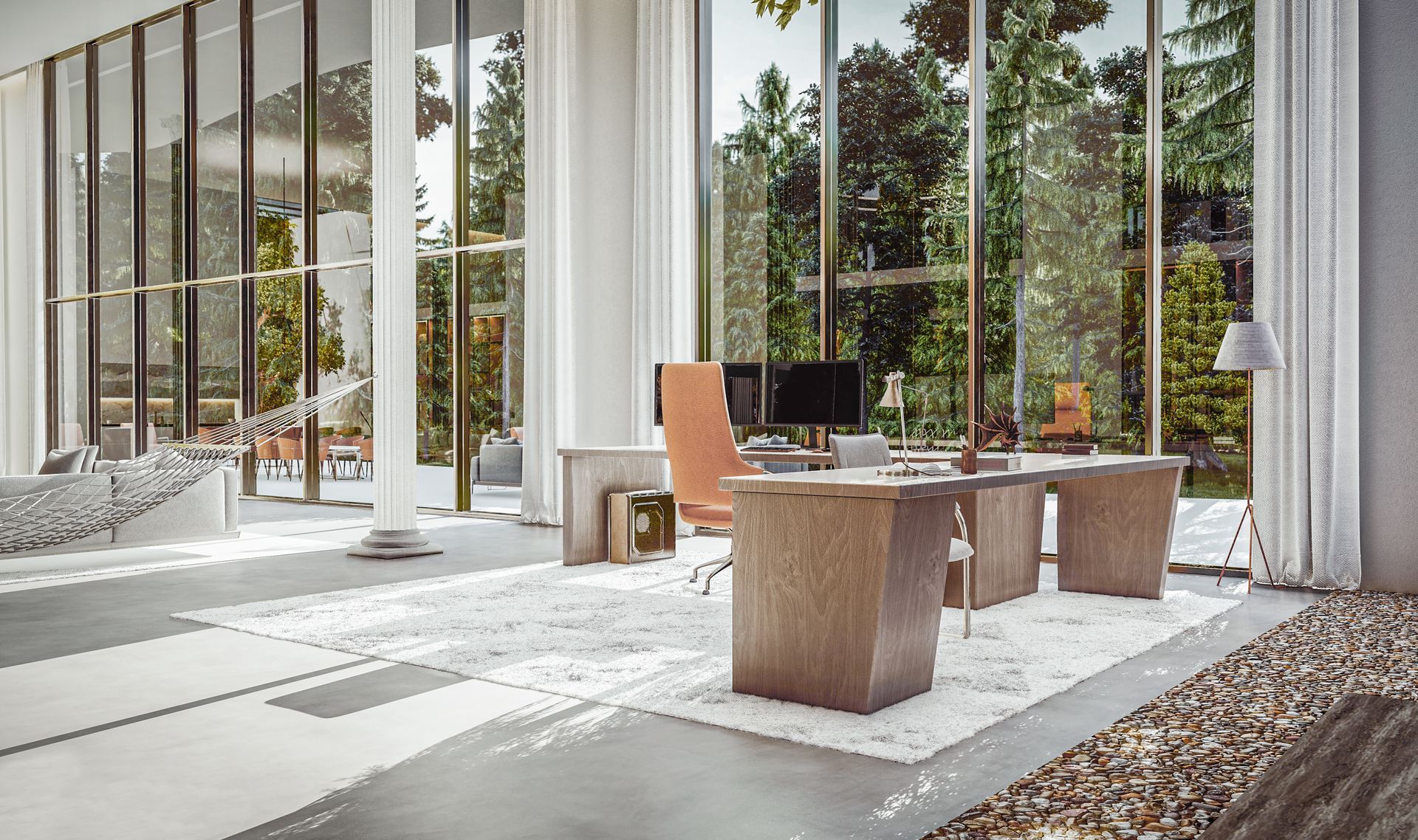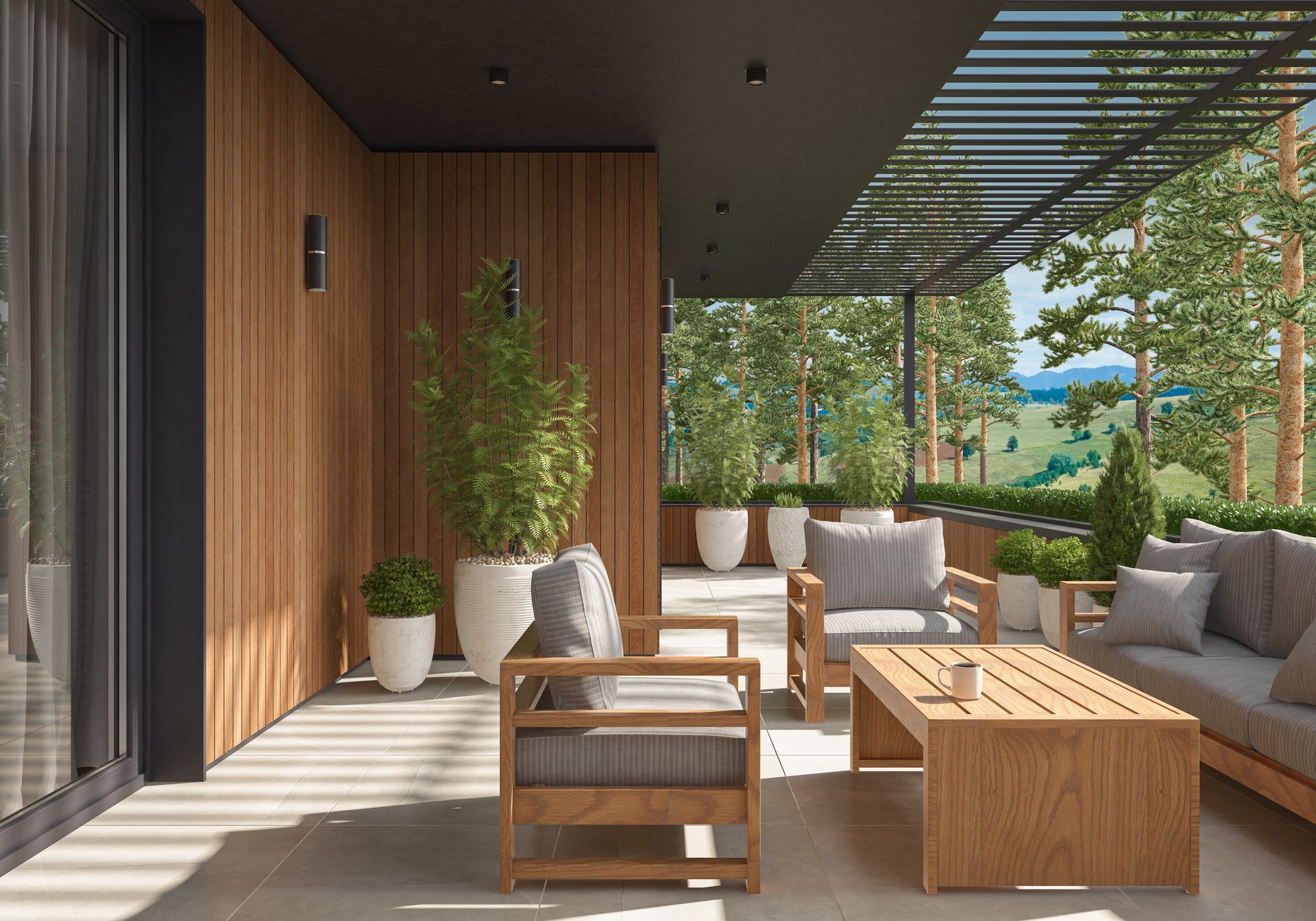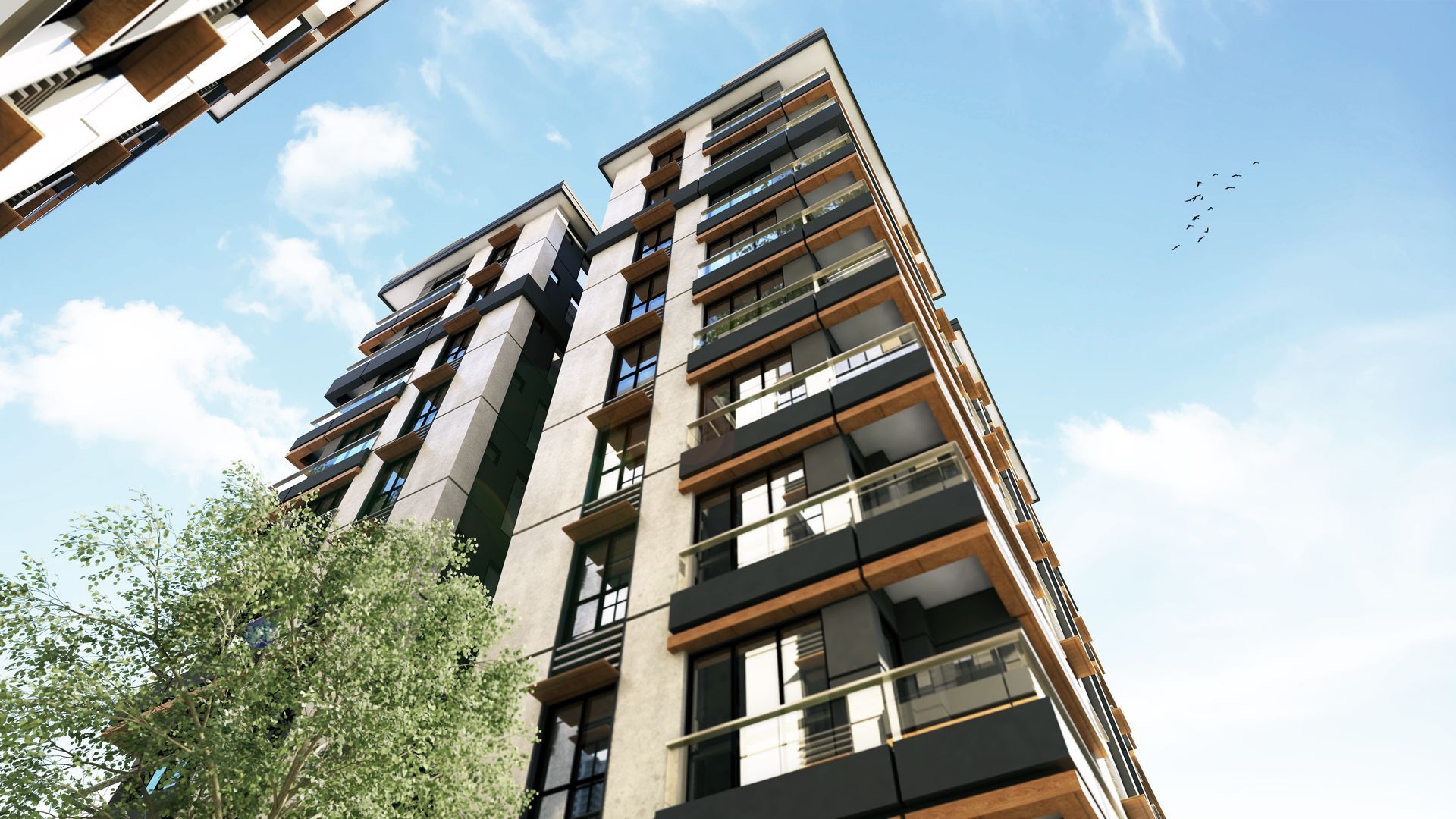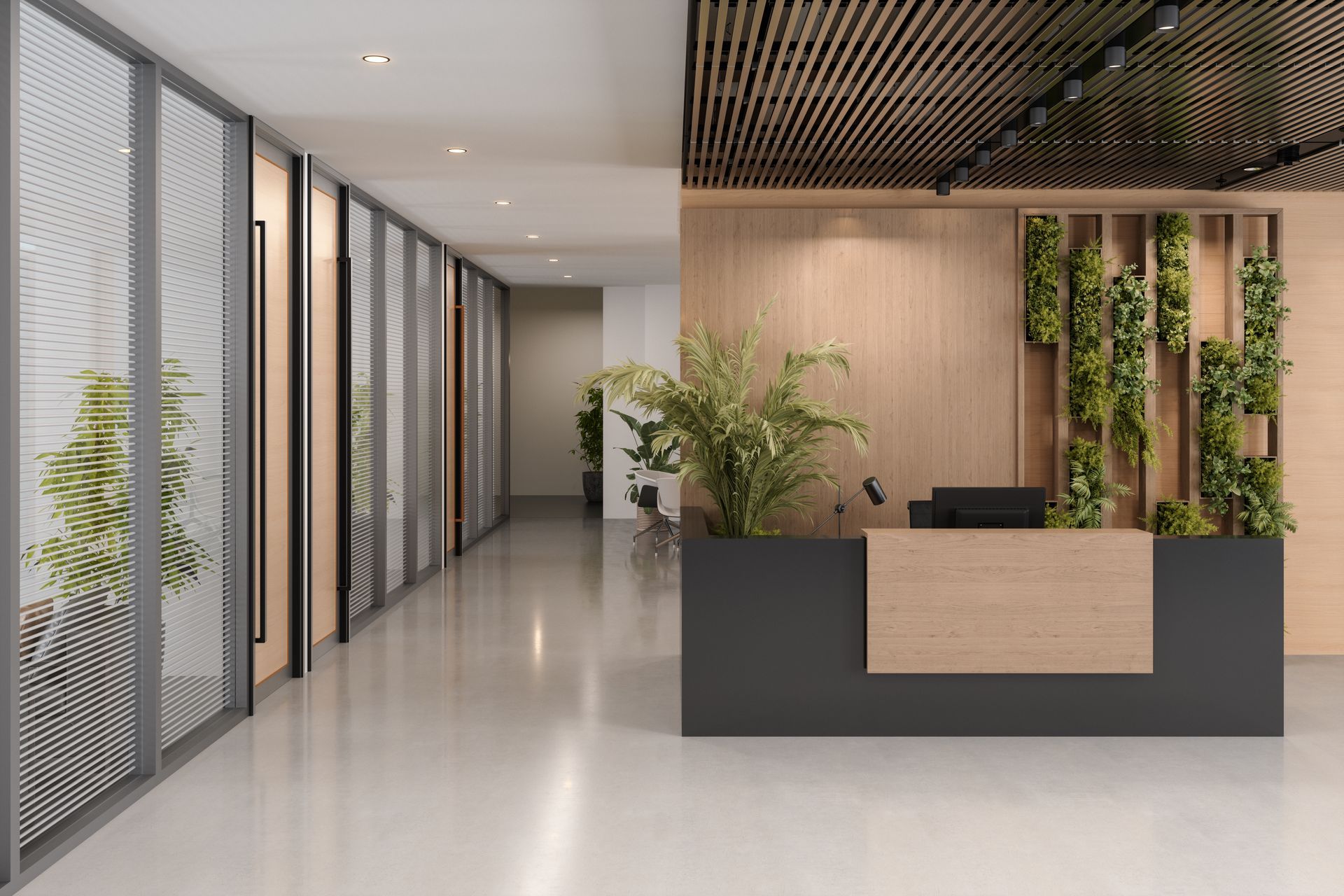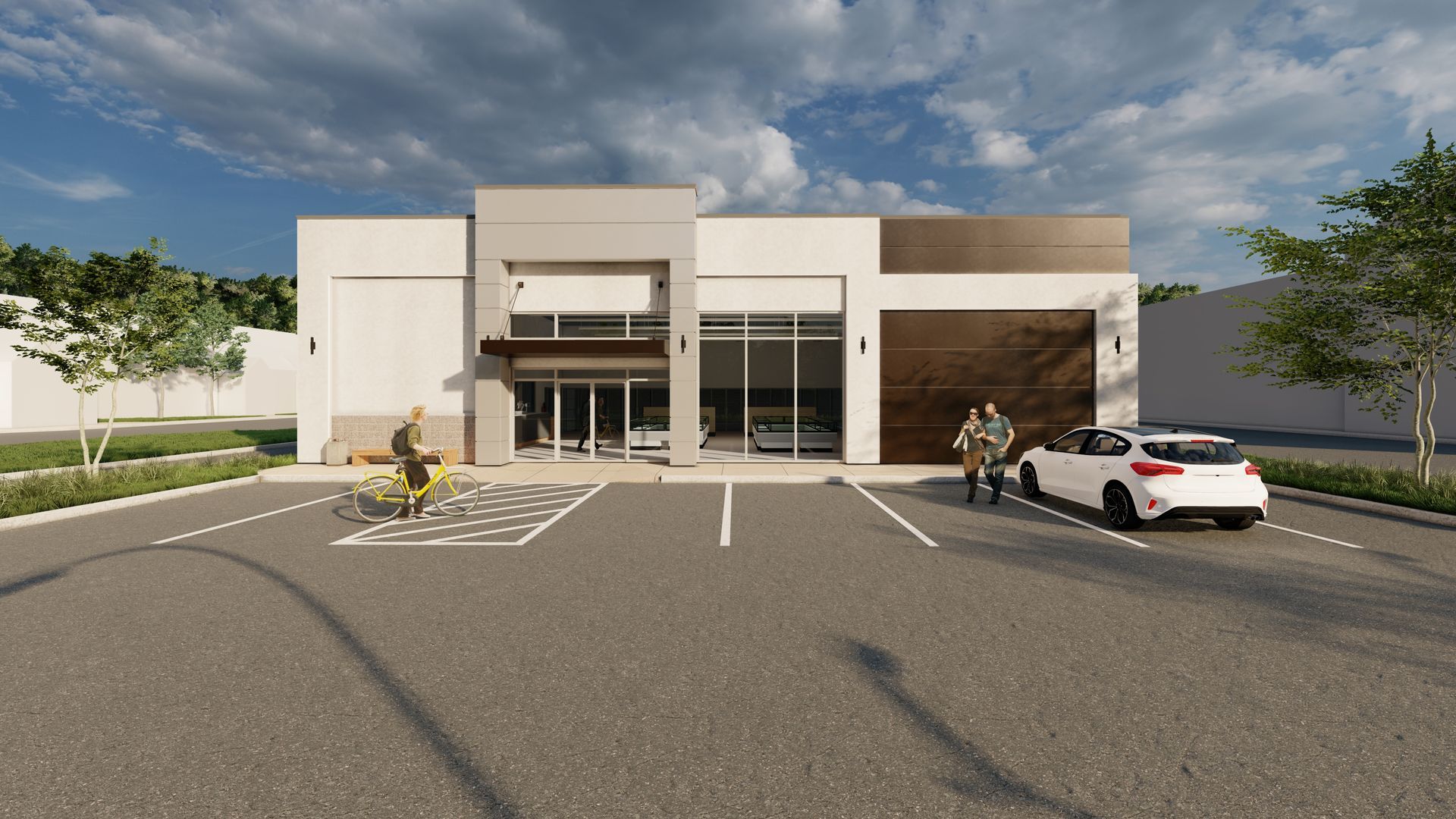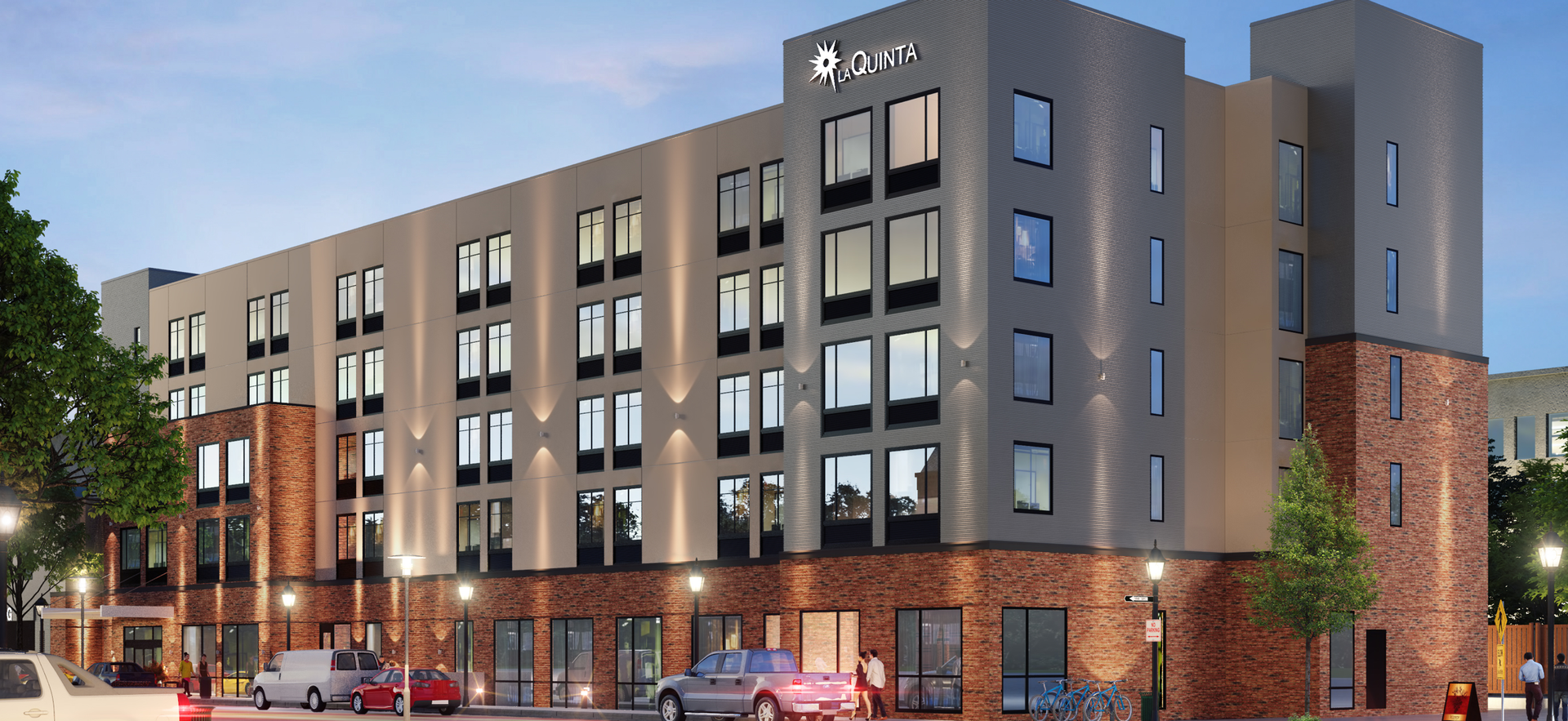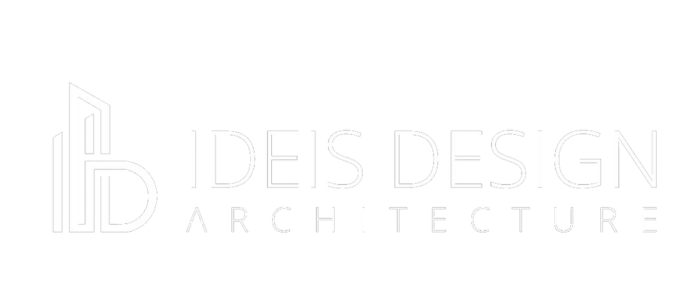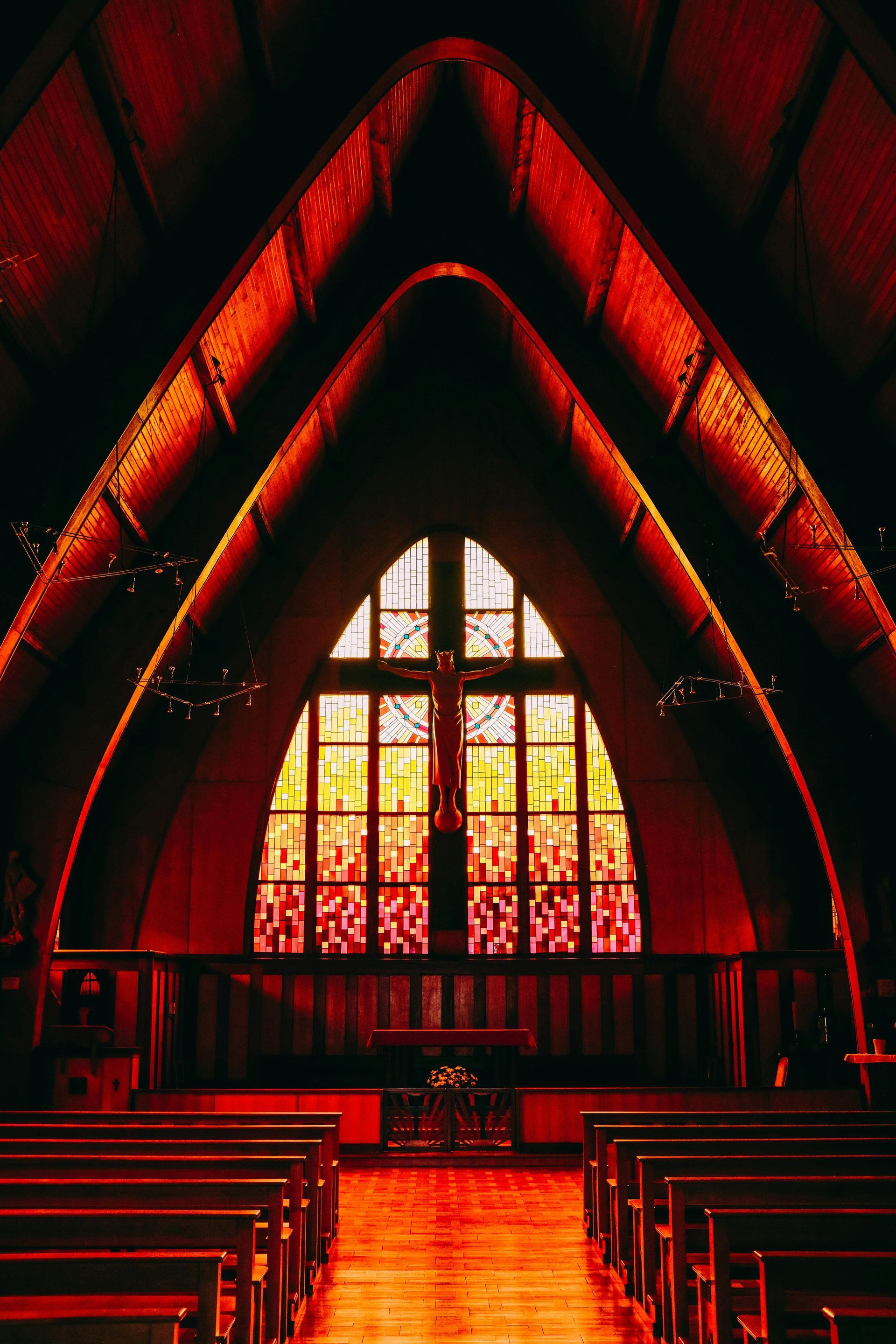
Creating a worship room is about more than just design; it’s about fostering a space that resonates with spirituality, peace, and purpose. At the heart of every sacred space lies functionality and beauty. Functionality ensures that the room serves its intended purpose, whether it's for individual prayer, group worship, or meditation, while beauty inspires awe and connects worshippers to a higher power. Essential elements such as strategic layouts, calming acoustics, and symbolic design features play a pivotal role in transforming a room into a sanctuary of devotion. One of the key considerations in designing a worship room is the use of light. Natural light, filtered through stained glass or strategically placed windows, creates a sense of divine presence and serenity. Proper lighting fixtures can also be used to highlight focal points such as altars or sacred symbols. Additionally, acoustics are essential to the functionality of the space, especially for group worship or chanting. Materials like wood or stone can help create an environment where sound resonates beautifully, while soft furnishings can reduce unwanted echoes, ensuring that every voice feels heard. To make a worship room truly sacred, incorporating personalized and symbolic elements is crucial. This could include using specific colors, materials, or decor that align with the spiritual beliefs of those who will use the space. For example, earth tones might evoke a connection to nature, while intricate patterns can reflect cultural or religious traditions. By blending functionality with aesthetic appeal, architects can design worship rooms that not only meet the practical needs of worshippers but also elevate their spiritual experiences. If you're looking to create a worship space that is both functional and inspiring, contact our team today to bring your vision to life.

Natural light is one of the most powerful elements architects use to enhance the design of a building. Thoughtfully incorporating sunlight into a space can transform a home or office, creating a more inviting, comfortable, and energy-efficient environment. By strategically placing windows, skylights, and other openings, architects can harness natural light to illuminate interiors, reduce the need for artificial lighting, and connect occupants to the outside world. Properly used, natural light also emphasizes textures, materials, and colors in a way that artificial lighting simply can't replicate, making spaces feel more vibrant and dynamic. In addition to its aesthetic benefits, natural light can also have a significant impact on the health and well-being of the building's occupants. Exposure to sunlight has been shown to improve mood, boost productivity, and regulate circadian rhythms, which helps people feel more energized and maintain better sleep patterns. Architects use principles like orientation and window placement to maximize daylight in key areas, such as living rooms, kitchens, and offices. By positioning windows to capture the most sunlight during the day, architects can create spaces that feel open, warm, and energizing, contributing to the overall well-being of those who live or work in the building. Moreover, natural light plays an important role in sustainable design. Buildings that rely more on sunlight can reduce their energy consumption by minimizing the need for artificial lighting and heating. Architects often design with passive solar principles in mind, placing windows and skylights in ways that allow sunlight to naturally heat a space during colder months while using shading techniques to prevent overheating in the summer. This thoughtful use of natural light not only reduces the environmental footprint of a building but can also lower energy costs for homeowners and businesses. In the hands of a skilled architect, natural light is more than just illumination—it's a powerful tool that enhances design, improves health, and promotes sustainability.

Working with an architect can be a transformative experience, turning your vision for a home or building into a tangible reality. To ensure a successful collaboration, it’s crucial to start with clear and open communication. Begin by discussing your ideas, preferences, and budget constraints with your architect. Provide as much detail as possible about your needs and expectations, including the purpose of the project, desired style, and any specific features you want to incorporate. This initial dialogue sets the foundation for a design that aligns with your vision while remaining feasible within your budget. As the project progresses, maintaining regular and transparent communication with your architect is key. Schedule consistent check-ins to review plans, discuss any changes, and address potential issues early on. Be open to your architect’s expertise and suggestions; they bring a wealth of knowledge about design, materials, and construction techniques that can enhance your project. However, it’s equally important to voice your opinions and preferences clearly. This collaborative approach ensures that the final design is both aesthetically pleasing and functional, meeting your needs and expectations. Lastly, trust the process and be patient. Architectural projects often involve multiple stages, from initial design and planning to obtaining permits and overseeing construction. Your architect will guide you through each phase, ensuring that all legal and regulatory requirements are met. By fostering a relationship based on trust and mutual respect, you can navigate any challenges that arise and achieve a successful outcome. Remember, working with an architect is a partnership; your active involvement and clear communication play a vital role in bringing your dream project to life.

